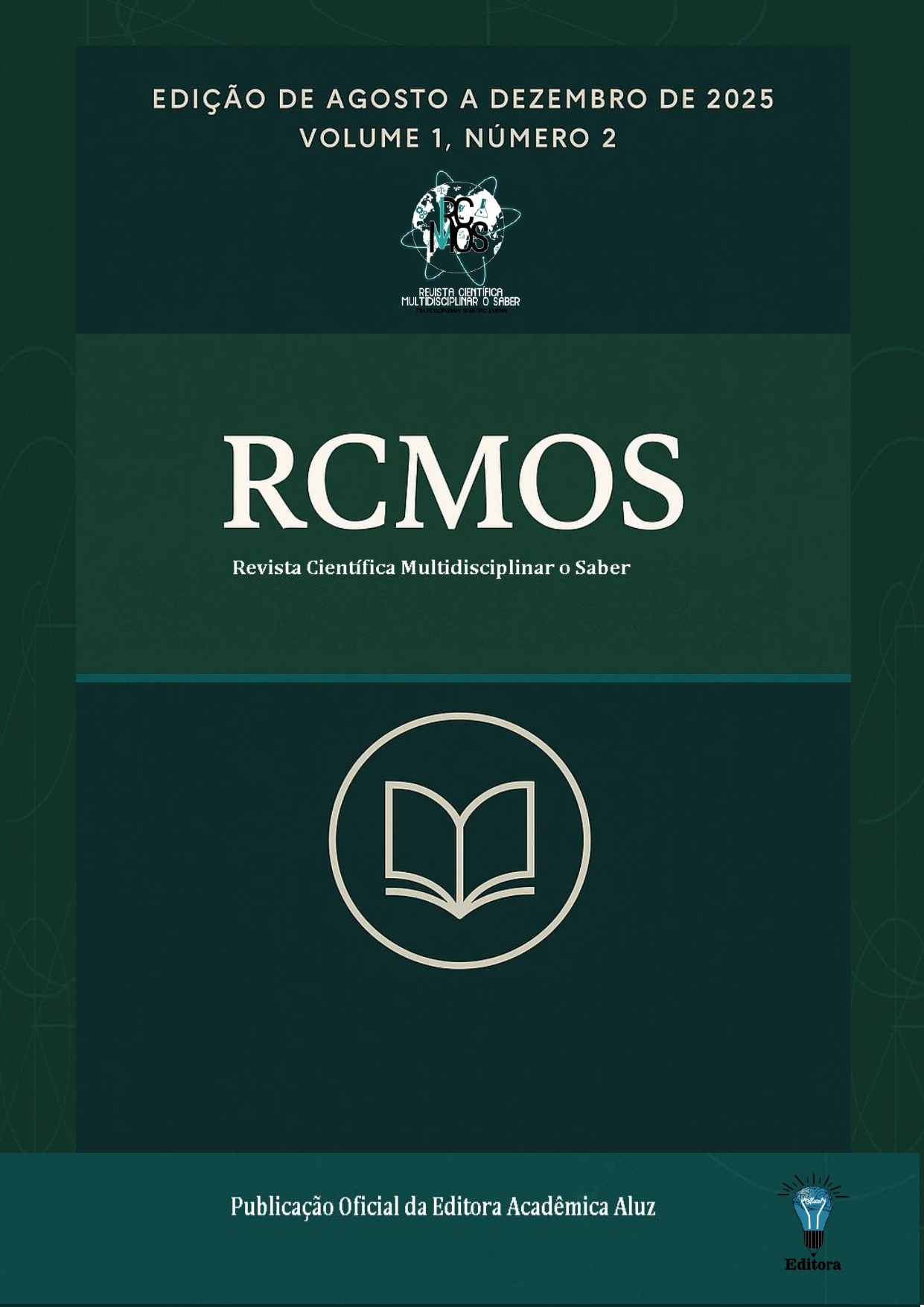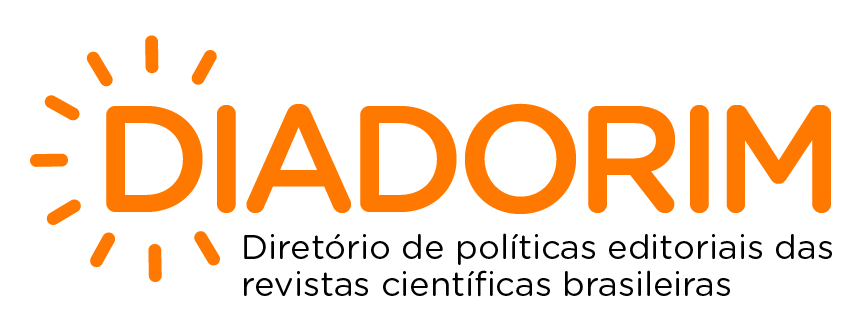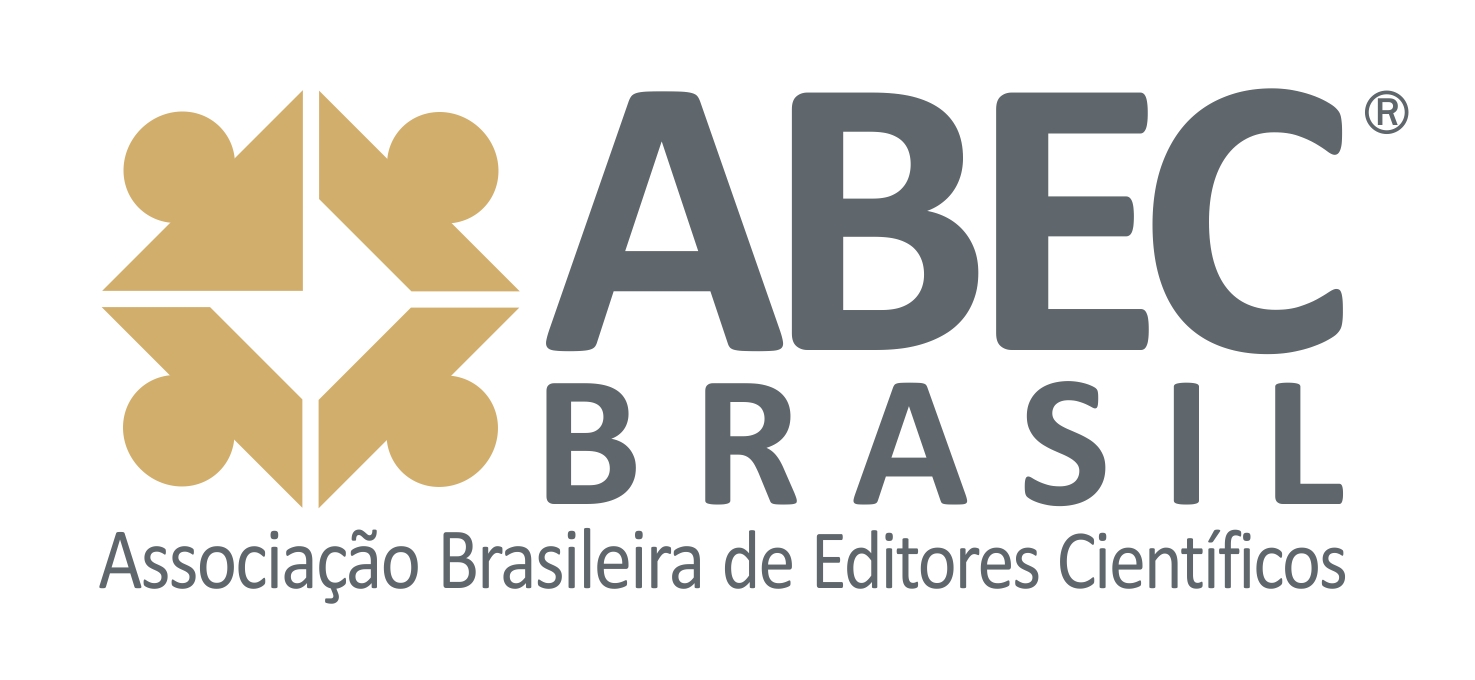Teaching Brazilian Sign Language (Libras) to a Blind Student in the Computer Science Undergraduate Program: An Experience Report
Teaching Brazilian Sign Language (Libras) to a Blind Student in the Computer Science Undergraduate Program: An Experience Report
DOI:
https://doi.org/10.51473/rcmos.v1i2.2025.1372Keywords:
Libras. Tactile Libras. Assistive technology. Methodological adaptations.Abstract
This experience report describes the process of teaching the Brazilian Sign Language (Libras) course to a blind student enrolled in the Computer Science degree program at IFPE – Campus Afogados da Ingazeira. The study aimed to reflect on methodological practices, adaptations, and resources used, analyzing both achievements and limitations. The methodology included semi-structured interviews with the instructor and the student, along with observation of the teaching process. Strategies applied involved tactile Libras, production of embossed materials, use of audio description, adaptation of slides, and development of braille and digital content compatible with screen readers. Support from classmates, assistance from the Center for Support to People with Disabilities (NAPNE), and tutoring through the peer mentoring program also contributed to the inclusion process. However, challenges were identified regarding fine motor coordination, understanding of facial expressions, and lack of time for practice outside the classroom. Despite these difficulties, the study highlights that, with appropriate strategies and continuous teacher training, it is possible to effectively include visually impaired students in Libras education. Furthermore, the inclusion process benefits not only the student with a disability but the entire academic community, fostering more accessible and reflective teaching practices.
Downloads
References
BRASIL. Lei n° 10.436, 24 de abril de 2002. Dispõe sobre a Língua Brasileira de Sinais - Libras e dá outras providências. Diário Oficial da União. De 25/04/2002, P. 23. 24 de abril de 2002.
BRASIL. Decreto n°5.625, 22 de dezembro de 2005. Regulamenta a Lei no 10.436, de 24 de abril de 2002, que dispõe sobre a Língua Brasileira de Sinais - Libras, e o art. 18 da Lei no 10.098, de 19 de dezembro de 2000. Diário Oficial da União. De 23/12/2005, P. 28. 23 de dezembro de 2005.
FLICK, U. Introdução à Pesquisa qualitativa. Tradução Joice Elias Costa. 3. ed. Porto Alegre: Artmed, 2009.
OLIVEIRA, Émile Assis Miranda 21; LESSA-DE-OLIVEIRA, Adriana Stella Cardoso 22. LIBRAS TÁTIL: UM ESTUDO BIBLIOGRÁFICO. Universidade Federal de São Carlos (UFSCAR) - Programa de pós-graduação em linguística (PPGL), p. 66.
GESSER. Audrei. Libras? Que língua é essa? crenças e preconceitos em torno da língua de sinais e da realidade surda - São Paulo, Parábola Editorial, 2009.
RECH, G. C.; SELL, FSF. Formação de professores para a educação de surdos: o que a legislação prevê e o que as universidades oferecem.
R. ROCHA; JP OLIVEIRA e MR dos REIS (org.). Surdez, Educação Bilíngue em Libras: perspectivas atuais. Curitiba: CRV, p. 105-122, 2016. DOI: https://doi.org/10.24824/978854441108.7
POKER, Rosimar Bortolini et al. Plano de desenvolvimento individual para o atendimento educacional especializado. Editora Oficina Universitária, 2013
Downloads
Additional Files
Published
Issue
Section
Categories
License
Copyright (c) 2025 Felipe da Silva Cardoso (Autor)

This work is licensed under a Creative Commons Attribution 4.0 International License.












